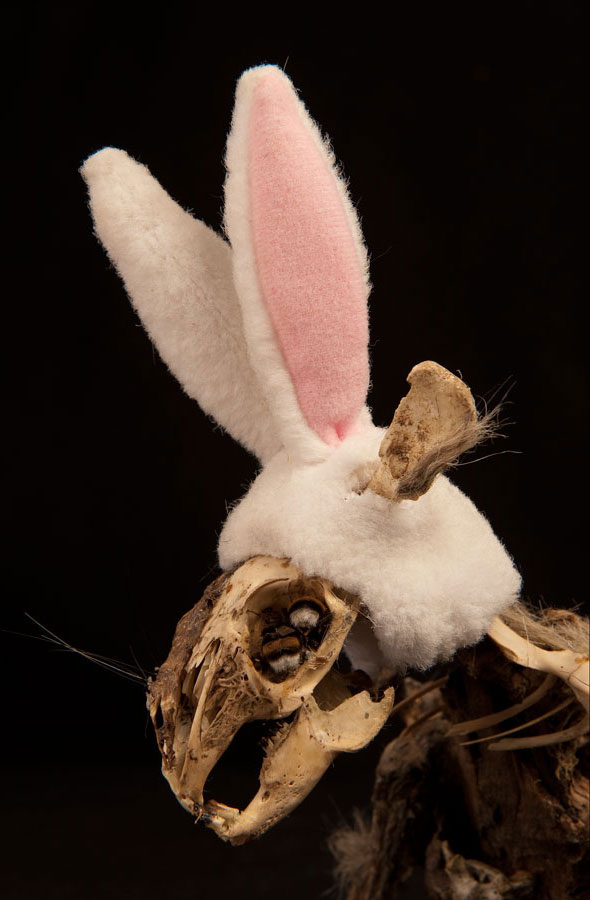Art
Writing
I am sorry
The stories in the I’m Sorry series always stem from participating observations, that were not documentary but descriptive and transformative. Because I’m an artist, I make art. But whilst doing this, I am captured in a realm that fills itself with exogenous elements. My actions resonate with my surroundings, causing things to happen. I feel as if I carry this space, which is attached to me but that has no apparent boundaries. The ecology that surrounds my actions when I am in the process of making my work, is what I observe in these stories. By telling about these occurrences and coalescence of influences, my aim is to dismantle the distance between the viewer and me in my presence as an artist.
Twee zones, met daarin twee verschillende soorten tanden.
Eddie, Alvin en ik.
De konijnen / Hazen – Psychopaat.
Het zeikwijf in de lunchroom.
-

-

ARTISTIC BACKGROUND, THE SHADOW CLOUD OF INFLUENCE. POWERPLANT 2002-2011.
Humour as a strategy.
From 2002 until 2011 I worked as a scriptwriter, performer and set builder in a collaboration called 'Powerplant', with artist K. Burger. We created live cinema performances. This type of performance consists of three elements: a film projection, a text/dialogue projection and an installation with performers inside and around it. The live film is being recorded inside the installation that functions as a smaller scaled film setting. The installation is positioned just as central as the film projection, so that the audience can look at both elements and see how the live film is being created. The films are accompanied by sound tracks, that are made by composers or musicians with whom a temporary collaboration is formed. Due to the nature of the work, which inhabited a collapsing distance between high and low culture, humour
became a strategy. We therefore look back upon performing in a great variety of venues, festivals and galleries, thus ranging from the Van Abbe Museum, (Eindhoven) Kunsthuis Syb, (Beetsterzwaag) to the Gogbot Festival, (Enschede) or venues in Germany. We liked to think of Powerplant taking a heterotopic position regarding the institutional art environment in the Netherlands.
Paint what you see, or what is coming.
According to Manet's quote 'To be of one's own time, and paint what one sees,' Powerplant created postmodern film-assemblages, based on (popular) media-input. In our fictional narratives we focused on today's consumerism in all of its visual abundance, and the miasmic contamination of the global collective fantasy fed by popular media myths. Idiosyncratic media figures, like for example Monica Lewinsky, Michael Jackson or the former politician Berlusconi, were taken out of their social zone and context and placed
in a setting that was not theirs. These new contexts however, usually carried elements of making the protagonists go through a modern day catharsis by conducting excessive consumerism or exploitation of anything immanent. We didn't only want to paint what we saw, but especially what we thought was coming. Our sets re-presented new habitats like 'Outlet Land' (2011) that showed an ecology as a labyrinth constructed only out of Outlet stores. These sets surrounded our characters like a ghost, and through these displacement effects, alternative, prophetic realities became visible, providing possible hypotheses, (concepts that are not yet verified but that if true would explain certain facts or phenomena,) for the future.
Styrofoam's inertia.
The installations in which these stories took place, were most often built out of chemically constructed, low-cost materials such as plastics and Styrofoam. Powerplant's aim was to transform the realm of reproduction,
(with mass production being a significant sign of our time,) into work that as a whole, was completely irreproducible. Although we mostly worked with material that had lost all significance in terms of monetary value or functionality, its inertia was turned into an ambiguous basis material for our installations.
How to solidify the dust?
However, within the context of Powerplant mirroring excessive consumerism, we felt eventually that we couldn't conquer the cascade of visual details in its incongruent totality. In 2011 we decided to end Powerplant.
-
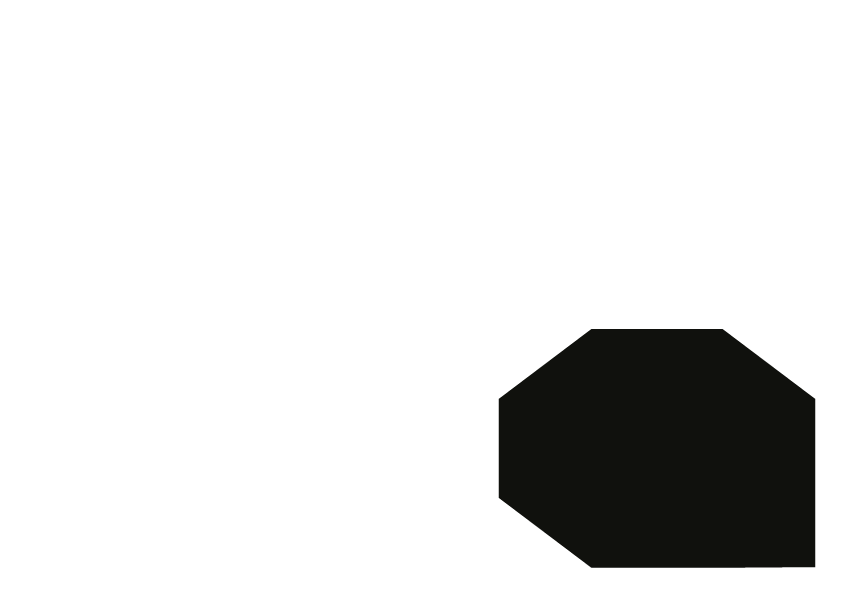
LIVE-CINEMA PERFORMANCE 2012-2013:
Palestrina.
Throughout 2012 I collaborated with Chamber Choir Tourdion who invited me to counterbalance their classical interpretation of 'The Song of Songs' (Het Hooglied) in the Bible, by composer Palestrina, with a contemporary visual component. My interest in the hybris thought, often related to popular idiosyncratic media figures and their influences within social structures, remained but I was now looking for an abstraction of social structures in general. I therefore took an anthropomorphic context and constructed a fictional animal testing laboratory, in which animals were being tested for their ability to love, according to the narrative of the protagonists in 'The Song of Songs'. The animal puppets were made from taxidermied road kill. Like using plastic waste as building material for the Powerplant installations, something as uncalled for as road kill was transformed into resonating objects.
The narrative shaped the weight, mass and gravity of the installation for the live-cinema performance, but because of creating a paramount core, its complete form became far more integral. The absent plenitude of superabundant details and the addition of my physical presence as a performer inside its core, turned this installation into an organic hybrid, producing a real-time film.
-
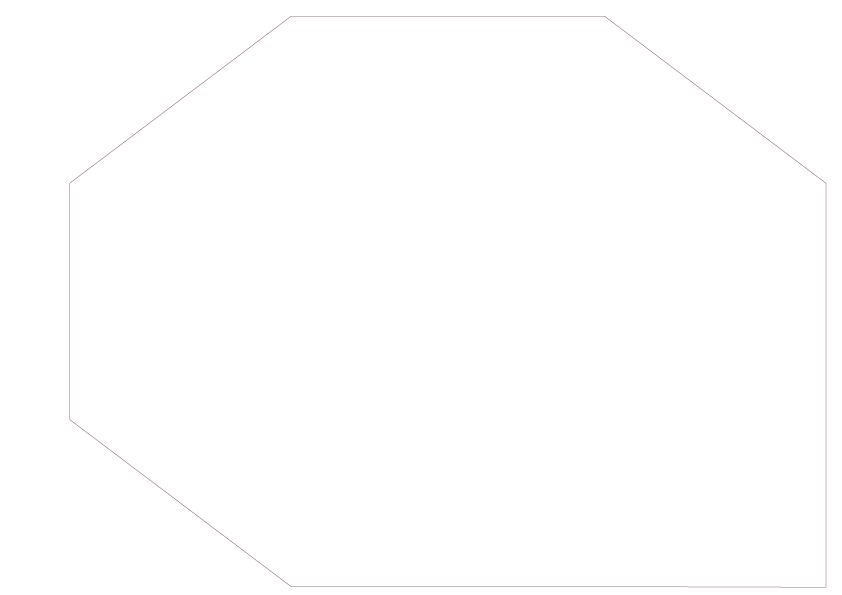
PERFORMANCE 2012-2013.
The lacuna.
Being present in your work, is a place where the self is felt rather than revealed, and therefore the self is a possibility as well as an absence. This can turn the self into a lacuna, thus opening up extra space, allowing the audience that happens to witness it, to fill this space with their own interpretations and meanings about the shared experience of the performance.
A new currency.
In the science-fiction film 'In Time' (2011, Andrew Nicoll) instead of money, time has become the new currency. When inhabitants of the world in this film reach the age of 25, they have only one more year to live. To prolong this year, they have to earn time. The rich in this film have endless amounts of time that they can waste if they want to, while for the poor, death is a matter that's always only a
couple of days or even hours away. They have to keep on working otherwise they die. The contradiction of this catch 22 situation, is of course that while the poor are working away in order to earn more time, they are also losing great amounts of time at the same moment. It's not a very good movie, unfortunately. But it does manage to show exactly how strange it is that we also, in our late-capitalistic time, spend most of our time working in a way that is similar to the characters in the movie. We continuously work because, most of us, are participating in this neoliberal system. Things we do are usually an investment, our actions are meant to get us further, bring us more. To stay where you are is not an option. We need to be investing and thus moving constantly. And we don't move for free.
'Dead Man Working'.
But while we work, we lose time. And time is the only thing that is
limited, because the only uncertainty that will never be eliminated is the uncertainty of life and our bodies. Therefore it is rather strange that we act as if we can afford to spend most of our time working. See: 'Dead Man Working' by Carl Cederstrom and Peter Fleming, who describe how work is dominating our lives, now also colonizing our evenings on weekdays and our weekends, most often caused by the now 24-7 access possibility of cyberspace. My interest in capitalistic consumerism made me want to research our ever growing exploitation, but also neglect, of time. My former interest used to be in the materialistic consequences of capitalism, and it has now shifted toward the immaterial consequences, such as the effects on time and energy.
I. The 'Will Perform for Food'- series.
Spending time for an avocado.
In the performance series 'Will Perform for Food',
referring of course to the 'Will Work For Food' signs of unemployed people in the US, according to anthropological relativism I am looking at how the 'etic' (outsider) is valuating the performance as my manifestation as an artist. Having an emic (insider) point of view, regarding art, I am interested in an exchange that excludes money. I have been visiting 9 biological food stores up till now. I will perform for food. This is a work in progress. I chose biological food stores instead of regular food stores, because I want to address the economy in the Netherlands (that I regard as a rich country.) I'm collecting the results of this research for a publication.
II. Location based performances.
I move for free.
The historical interpretation of the performance requires the physical presence of the artist and the audience at the same time.
-
For these specific location based performances I'd like a more open interpretation, they could be viewed as 'expanded performances.' These location based performances are meant to happen as a liberation act from the capitalistic career choreography that we all seem to be stuck in. The constant stress of the sense that you have to 'compete' with other artists when it comes to getting paid assignments, is just another emotional burden caused by precarity. I am trying to constitute various identities outside of a neoliberal rationalization. For example see 'Nocturnal Slumming in Outlet Land', (2012) in which I've taken the identity of a giant mole that wanders around in a desolated urban landscape, representing an incoherency of proportions within this landscape. I am trying to be a dissonant in this environment, as an act of protest. I do not get paid for these kinds of performances, so I can state that whilst doing this, I move for free. I am trying to create a heterotopic place within the realm of my own work, when it comes to career investment within the neoliberal context. I want to try to invest
time, money and energy in order to create a work, but not want anything out of it, career wise. However, by having documented the mole-wanderings for example, I do not regard this performance as having succeeded within the context of this particular goal. Documentation in itself is always goal-oriented. These performances are works in progress.
III. The 'I'm Sorry' series.
How to dismantle a distance.
The stories told in these performances always stem from participating observations, that were not documentary but descriptive and transformative. Because I'm an artist, I make art. But whilst doing this, I am captured in a realm that fills itself with exogenous elements. My actions resonate with my surroundings, causing things to happen. I feel as if I carry this space, which is attached to me but that has no apparent boundaries. The ecology that surrounds my actions when I am in the process of making my work, is what I observe in these performances.
By telling about these occurrences and coalescence of influences, my aim is to dismantle the distance between the viewer and me in my presence as an artist. For example see 'Two zones, two different sets of teeth', (2013.) The costume for these performances is kept to a bare minimum, using only Styrofoam particles.
-
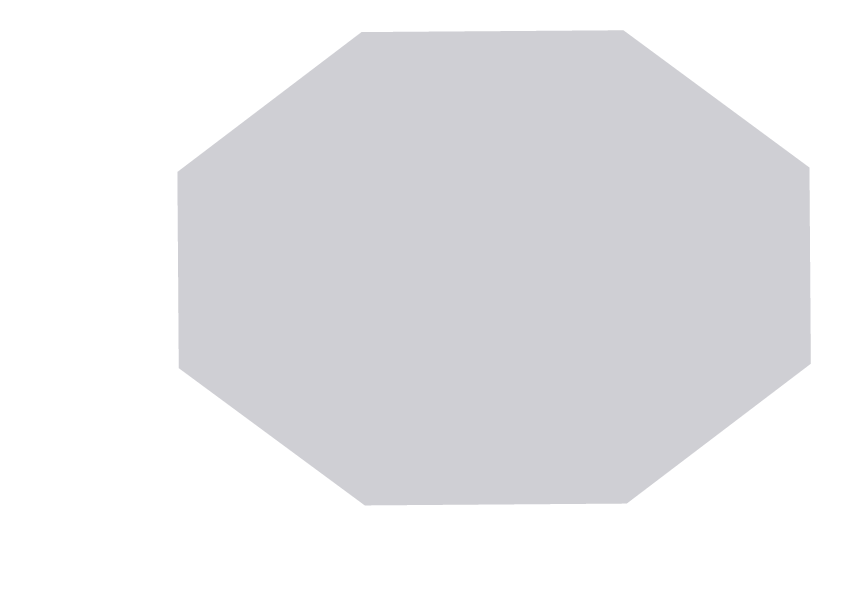
SOCIAL INVENTORY.
Prophecies.
My practice lies at the intersection of moving image, performance and installation. For the live cinema performances, most of my other work, including sculptures, videos and photographs often serve as a material or extensive research for this. For example, a song that was sung in the video 'Eddie, Alvin & me', (2010) is being used in the soundtrack for the live cinema performance 'Farmers shot the sun' (2013, work in progress.) I also often script parts of the dialogues that I have previously recorded on film. Fragments of conversations that actually took place are often the basis for dialogues in the scripts that I write for the live cinema performances. I am especially interested in the semantics of language being used 'in the streets.' Within this particular linguistic field, I have been collecting fragments of monologue/dialogue in which prophecies or concerns for the future are being expressed. (See 'Eddie, Alvin & me'.)
Scripted realities.
Another field of interest lies in the re-staging of events that took place. 'Scripted realities' (2012) are a series of photographs in which I re-stage a reality that I happen to have witnessed. They often fuel a strong reaction. For example, see 'Scripted Reality. Domestication', (2012) I re-staged this situation because of the fact that I once saw a dog running through the Forest, with a crips bag over its head.
-
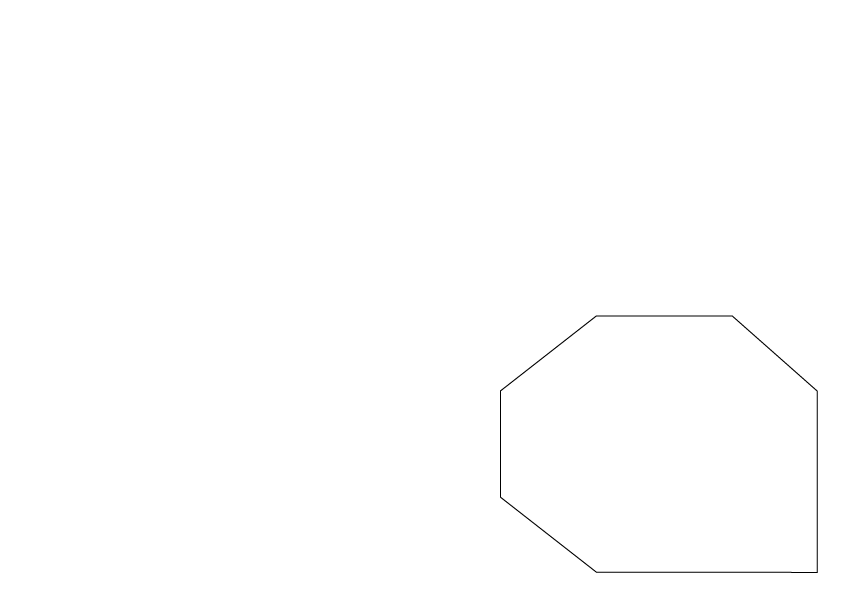
OBJECT / SPACE INVENTORY.
We, the modern ones.
Object research, that sometimes amounts to autonomous sculptures. I like the equation of play and violence. In your studio, you often play, you process things that you've witnessed outside of your artificial studio environment. We, the modern ones, are violent people who are rather rapidly destroying this planet. What are our intentions? The perverse and pleasurable are combined in discovering our own limits of order. They seem to take turns in our lives, because the reality of death is what we try to avoid. At the moment I'm looking into various forms of the reality of death, that can be communicated by only slightly manipulated material. I try to focus on a sense of containment. For example see the sculpture: 'This could be the beginning of a new country',
(2012.) Apart from experimenting with materials for this, I'm also looking into making architectural spaces in which manifestations of the reality of death are being explored. For example see the installation: 'Prophecy', (2012) in which this reality already took place. Or the installation 'The Exchange Station' (2012) in which people could sit and look at a video recording of the events that took place in the other room, in the 'Prophecy' installation.

OBJECT / SPACE INVENTORY.
We, the modern ones.
Object research, that sometimes amounts to autonomous sculptures. I like the equation of play and violence. In your studio, you often play, you process things that you've witnessed outside of your artificial studio environment. We, the modern ones, are violent people who are rather rapidly destroying this planet. What are our intentions? The perverse and pleasurable are combined in discovering our own limits of order. They seem to take turns in our lives, because the reality of death is what we try to avoid. At the moment I'm looking into various forms of the reality of death, that can be communicated by only slightly manipulated material. I try to focus on a sense of containment. For example see the sculpture: 'This could be the beginning of a new country',
(2012.) Apart from experimenting with materials for this, I'm also looking into making architectural spaces in which manifestations of the reality of death are being explored. For example see the installation: 'Prophecy', (2012) in which this reality already took place. Or the installation 'The Exchange Station' (2012) in which people could sit and look at a video recording of the events that took place in the other room, in the 'Prophecy' installation.
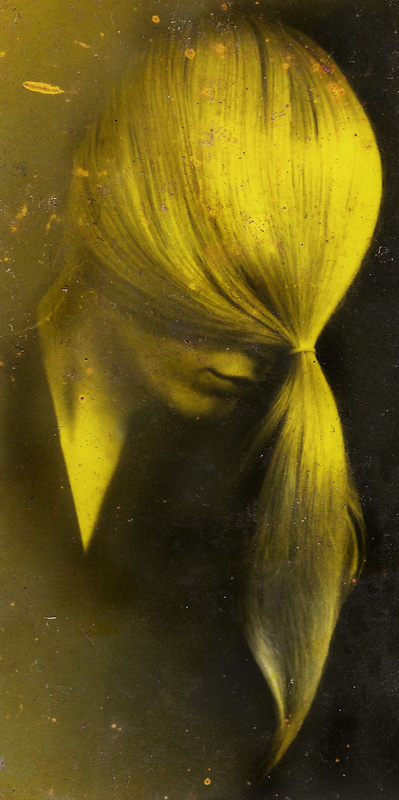
Contact
CV will be updated soon.
Contact: info@ninathibo.nl
HO WAIT! Nothing on this site will be updated anymore, a new website is on its way.
(Maar ik zou d’r niet op wachten als ik jou was.)
